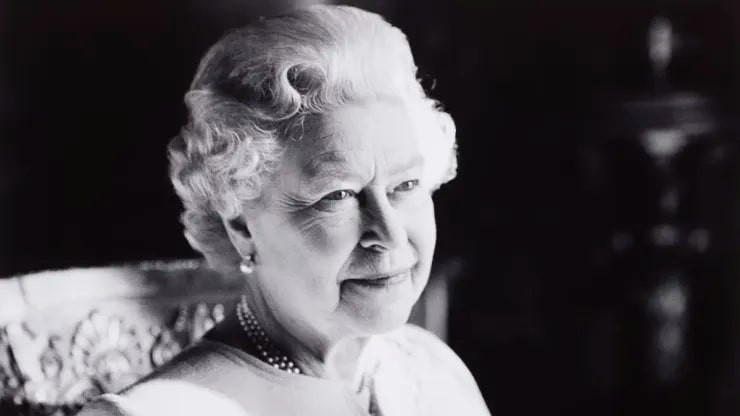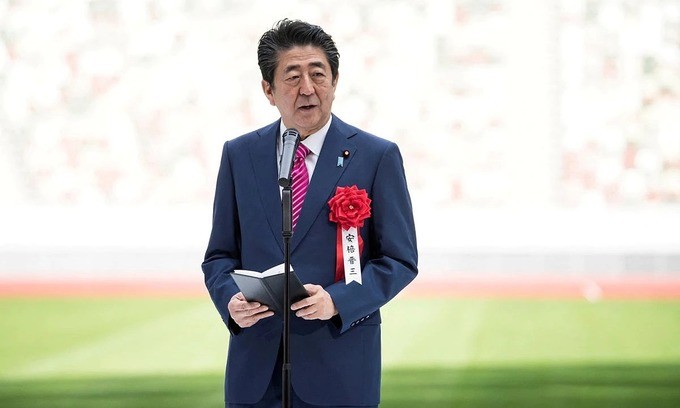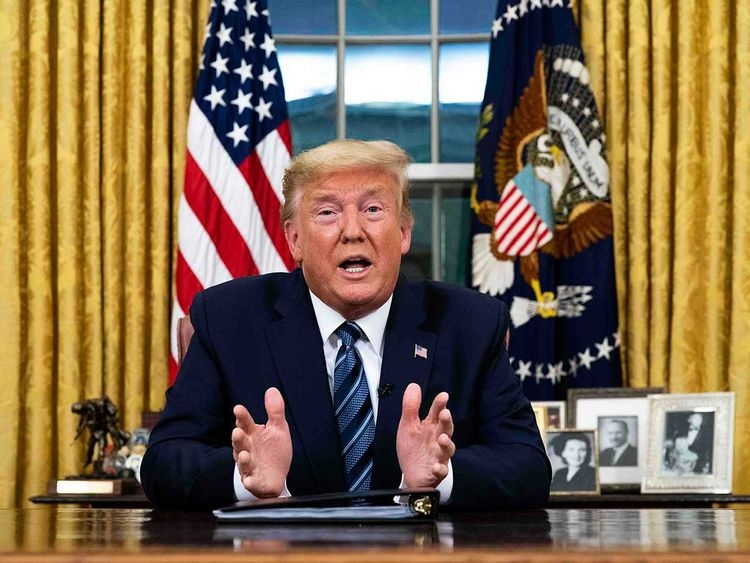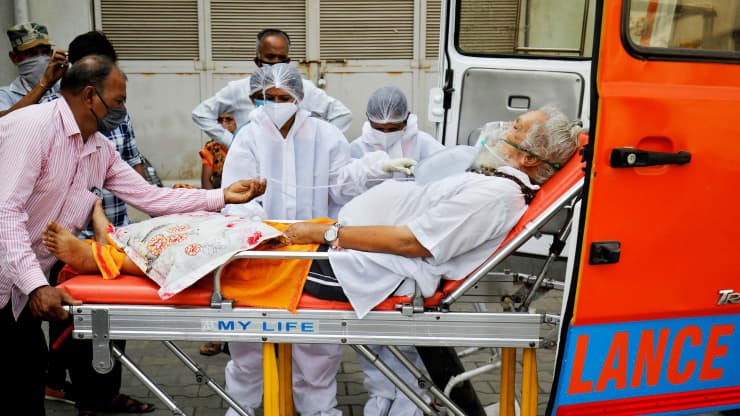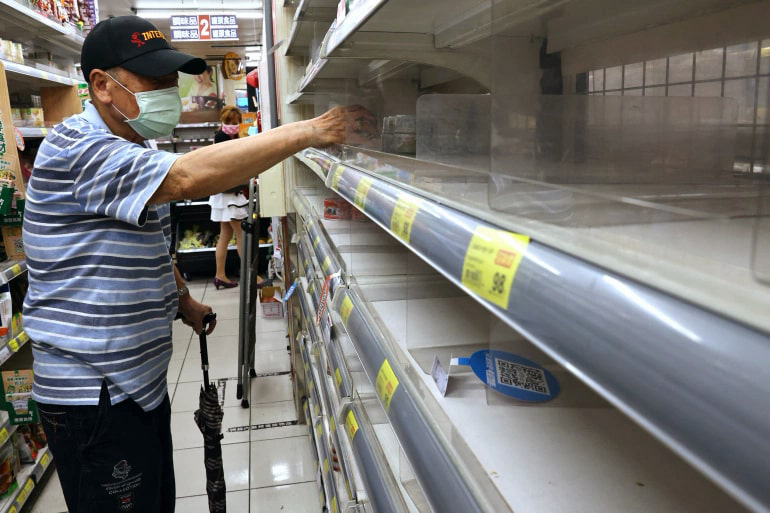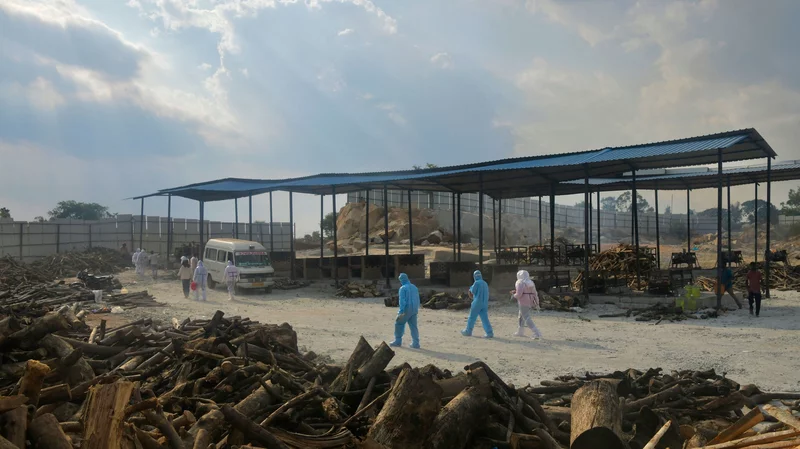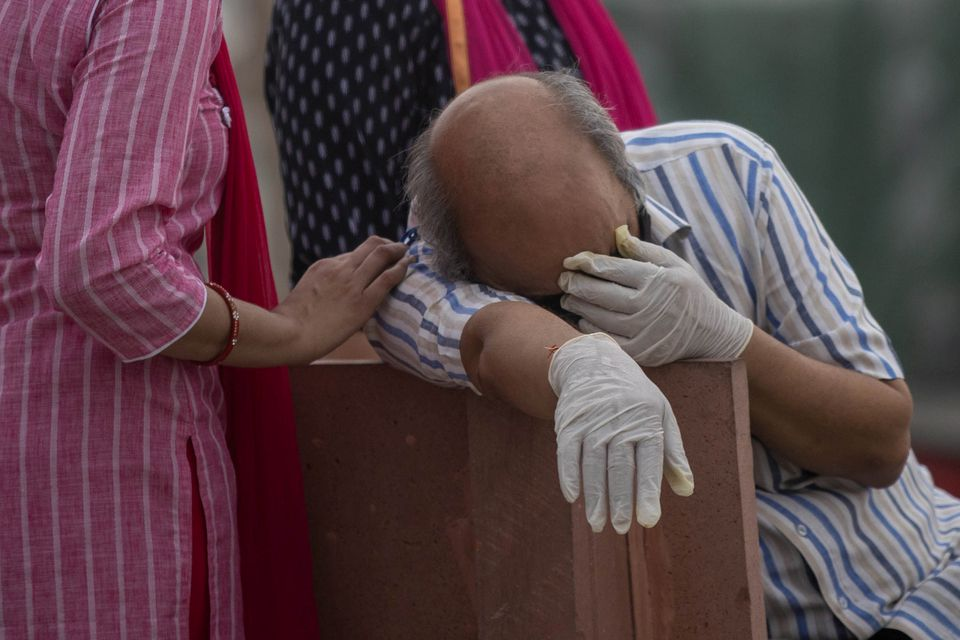China ended its lockdown of Wuhan after 76 days, but people stay at home
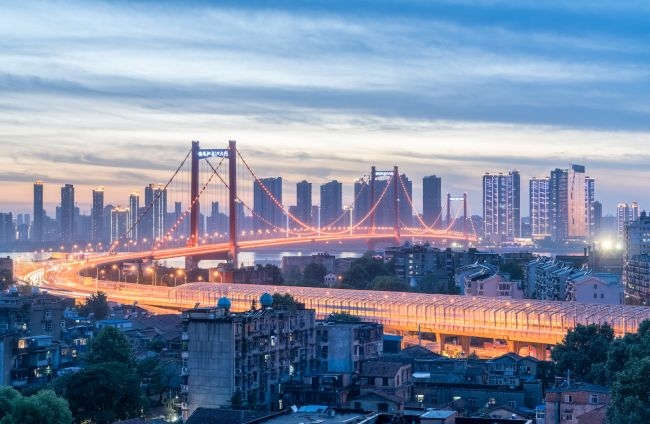 |
| China has lifted the lockdown in Wuhan, China, where the outbreak first began. (Image: © Shutterstock) |
| The city and its 11 million people had been under a strict lockdown for over 10 weeks. On Jan. 23, China blocked the borders of Wuhan — not allowing anyone in or out — a couple of days prior to China's Lunar New Year, a holiday that typically prompts millions of people to travel, Live Science previously reported. Hubei province, which includes the city of Wuhan, bore the brunt of the COVID-19 cases in China. The country reported around 82,700 total COVID-19 cases, and around 82% of those were from Hubei province. |
In the wake of the end of the lockdown on the central Chinese city, social and economic activities, which have been stagnant for more than two months since late January, are expected to gradually return to normal.
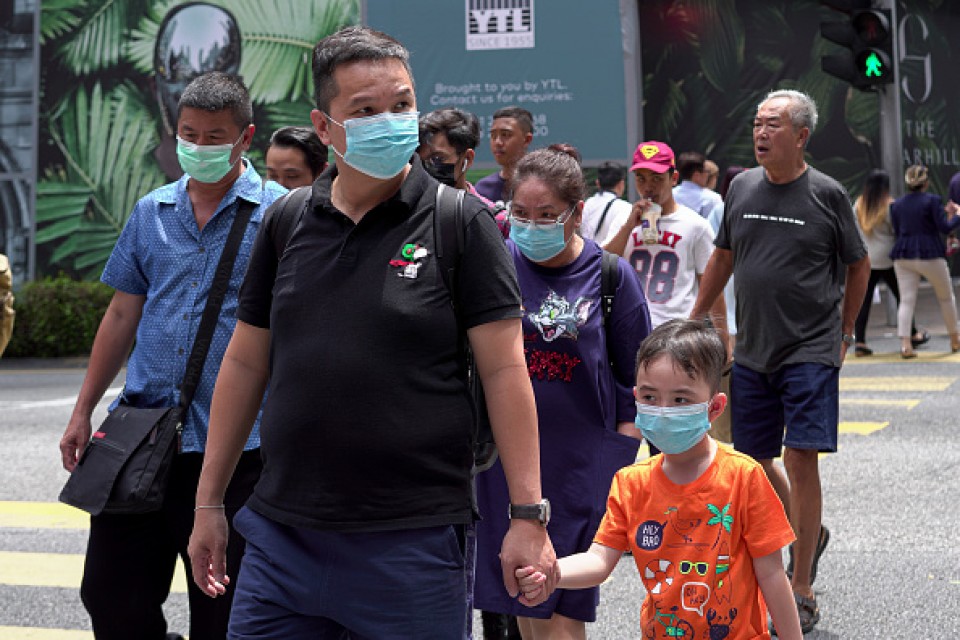 |
As infections have been still expanding across the globe, only China's economy may get back on its feet in the near future, raising concern that President Xi Jinping could try to bolster Chinese influence on the world economy.
The new virus was first detected late last year in Wuhan, the capital city of hardest-hit Hubei Province, and a business and transportation hub with a population of around 11 million.
By lifting the lockdown on Wuhan, China has effectively declared itself free of the pandemic, but the United States and other nations have pointed out that Beijing may be underreporting the total number of infection cases and deaths it has suffered from the outbreak.
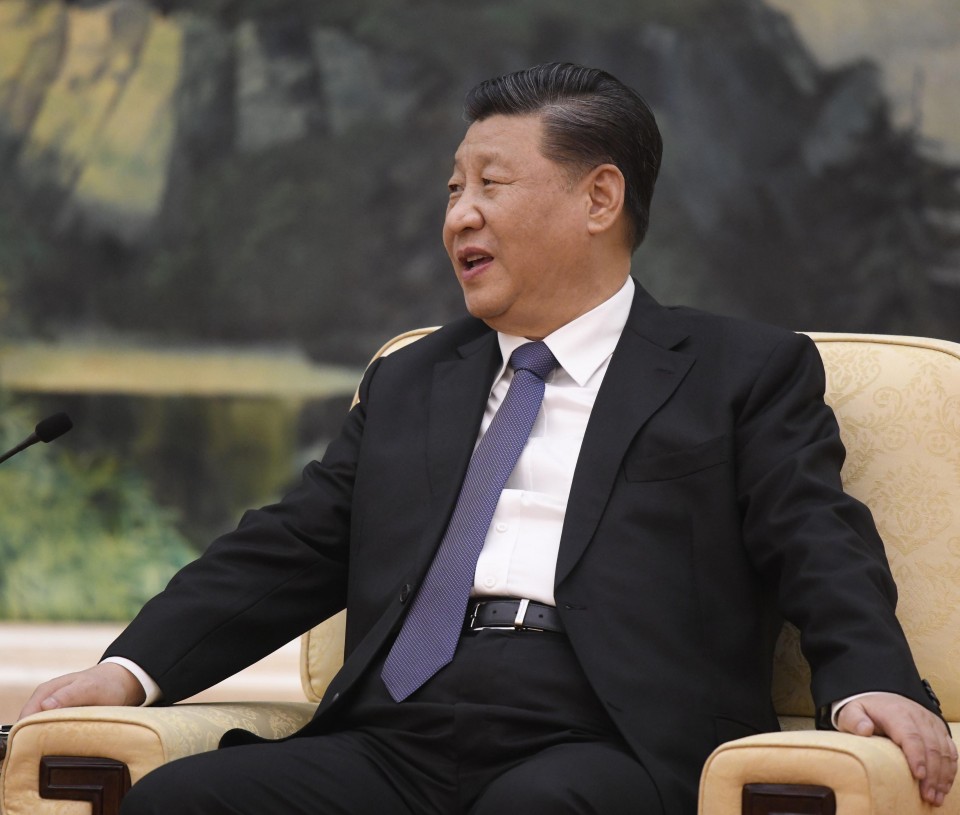 |
On Jan. 23, Wuhan authorities stopped outgoing services at the airport and railway stations, while the city's subway, bus and ferry services were suspended. In addition, residents were asked not to leave there except under special circumstances.
Even though China also rushed to boost its capacity to cope with the virus spread, such as building more hospitals, it struggled to keep up with the rapid increase in the number of patients in Wuhan.
As some people appear to have been unable to stay in hospital despite being diagnosed with the virus or suspected of having contracted it, the Chinese government sent several tens of thousands of medical workers to Wuhan from other cities.
The virus, which causes the respiratory disease called COVID-19, has so far infected more than 50,000 people and killed over 2,500 in the city, according to health authorities.
As a result of aggressive measures to prevent further infections, China reported no new cases of coronavirus infection in Wuhan late last month for the first time since the viral epidemic began making headlines in January.
On Tuesday, it also reported no virus-related deaths in the city. Ahead of the lifting of the lockdown, medical teams have left Wuhan, while subway and bus services have resumed. Some Japanese automakers have restarted production at their factories there.
Analysts, however, say in Wuhan, there are many asymptomatic cases, patients who tested positive without showing any symptoms.
China began publishing asymptomatic cases in its daily coronavirus update last Wednesday, in response to mounting public fears that "silent" carriers may trigger another wave of infection as more people return to work after lockdowns are relaxed.
A Beijing-based think tank has also warned that large-scale protests could break out in Wuhan following the end of the lockdown, as residents unhappy with unprecedented restrictions on their movements are likely to vent their pent-up frustrations.
| Chinese Vice Premier Sun Chunlan has demanded no lax efforts in the COVID-19 response to prevent a resurgence of the outbreak as the hard-hit city of Wuhan lifted its 76-day lockdown. Sun, a member of the Political Bureau of the Communist Party of China Central Committee, Tuesday inspected railway and bus stations, shopping malls, supermarkets and restaurants in the central China city a day before the lifting of travel restrictions imposed on Jan. 23 to stem the outbreak. Sun said people should not drop their guard or lower the containment standards to guarantee that nothing goes wrong. She ordered bus and train stations as well as airports to make emergency plans and prevent crowds or large-scale gatherings. Disinfection and ventilation should also be maintained on public transportation and in transport hubs, she added. Health conditions of the people on the move should be monitored at exit and entry points to leave absolutely no loopholes, Sun said. In malls, supermarkets and restaurants, Sun told operators that they should keep high alert, do regular temperature checks, manage flows of customers, and keep a safe distance from each other. |
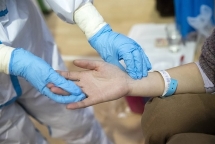 | About 3 to 10% of recovered patients in Wuhan tested positive later in a study About 3 to 10 per cent of patients who recovered from COVID-19 tested positive again after being discharged from hospital, South China Morning Post reported, ... |
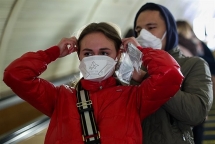 | A study shows that people with Type A blood may be more vulnerable to coronavirus People with type A blood are more likely to catch coronavirus while those with type O seem more resistant, a preliminary study of about 2,000 ... |
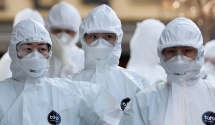 | Chinese official claims US army may have brought coronavirus to China Zhao Lijian, a Chinese foreign ministry spokesman, has suggested that the US army may have brought the deadly coronavirus into China, while a US lawmaker ... |
In topics
Recommended
 World
World
India strikes back at terrorists with Operation Sindoor
 World
World
India sending Holy Relics of Lord Buddha to Vietnam a special gesture, has generated tremendous spiritual faith: Kiren Rijiju
 World
World
Why the India-US Sonobuoy Co-Production Agreement Matters
 World
World
Vietnam’s 50-year Reunification Celebration Garners Argentine Press’s Attention
Popular article
 World
World
"Will continue offering our full support to Indian govt": US FBI Director after Pahalgam attack
 World
World
"Great Leader": JD Vance Lauds PM Modi During His India Visit
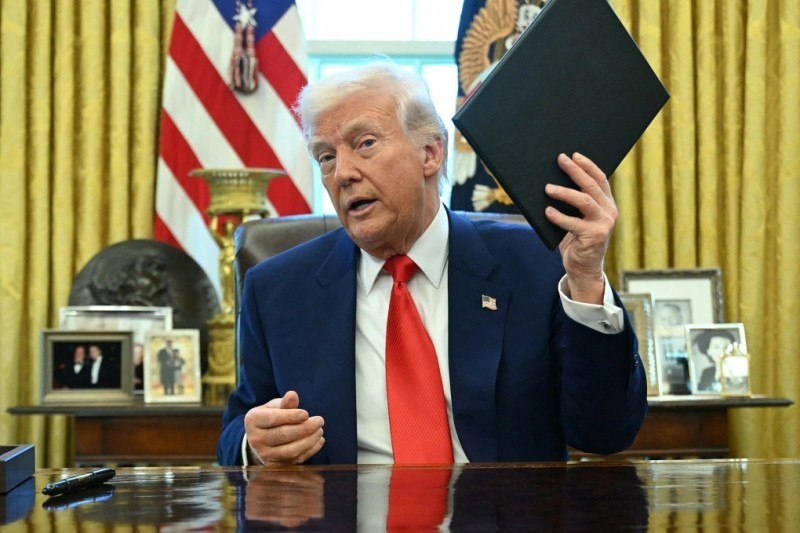 World
World
Trump’s Tariff Pause: A Strategic Move from “The Art of the Deal”?
 World
World




